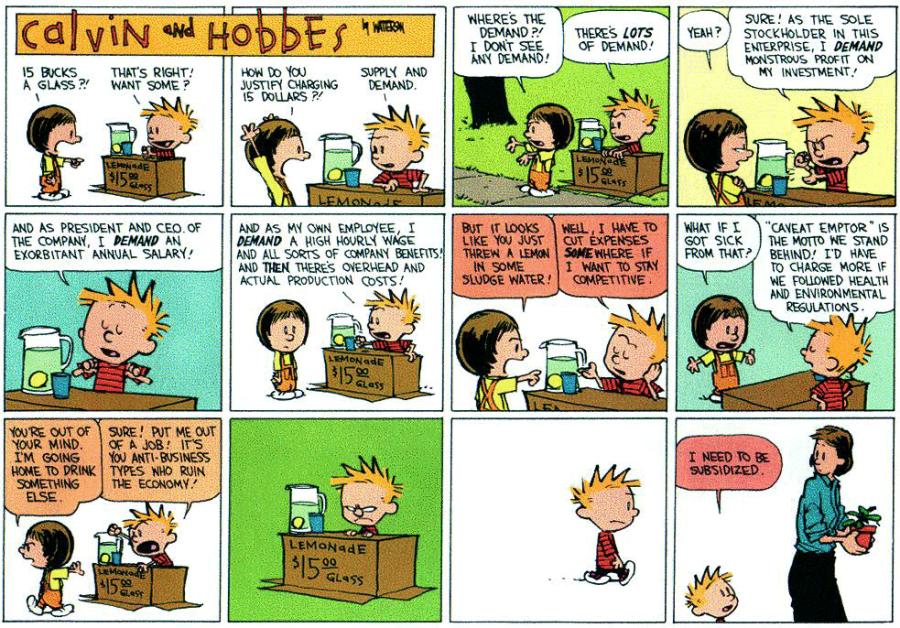>> Bond Investing Strategies: 2011 & Beyond
Excerpts from an interesting article by Shawn Tully:
Substantial Money Flow in Fixed Income
- Since September of 2008, investors have poured a total of $937 billion into bond funds
- The flood of money inflated bond prices to such heights that it drove yields to their lowest level in 50 years.
Chart: Surge of Money in Fixed Income

Why are yields so low?
The Fed is using its immense powers to hold down yields on both short- and long-term Treasuries.
- Once the economy rebounds, the Fed will need to stop buying long-term bonds and substantially raise the Fed funds rate.
- Growth and inflation will once again take hold: for investors, the biggest risks are in longer-term bonds.
- If and when that yields return to their half-century average of 6.76% (say by 2013), the price of the 10-year treasuries would drop by 26%
Chart: How to get Wiped Out in Treasuries

Bond Investing Strategies
Shawn goes on to recommend 4 types of bonds which are still worth investing in:
- Intermediate-term high-yield: E.g. BlackRock's iShares iBoxx High Yield Corporate Bond Fund (HYG) yielding 8% & with an average maturity of 5 years
- Emerging market bonds: E.g. Pimco's Emerging Local Bond Fund (PELAX) yielding 4.2% and with an average maturity of 7 years
- Floating rate bank loans: E.g. BlackRock's Floating Rate Income Trust (BGT) offers a yield of 5.6%
- Go-anywhere funds: E.g. BlackRock's Strategic Income Opportunities Fund (BASIX) yielding 4.1%, and Pimco's the Unconstrained Bond Fund (PUBAX) yielding 2.5%
Continue reading Shawn's article here.
Conclusion
The author makes a few good points in his article, and makes some interesting recommendations. If you consider any of the funds below, do not forget to "comparison shop" for simililar funds with lesser expense ratios and/or with better track records - but perhaps most importantly evaluate the risk each recommendation presents.
Full Disclosure: I have no positions in the securities mentioned in this article.
Labels: Banking Collapse, Bonds, Financial Crisis, Historical Posts, Recession




















